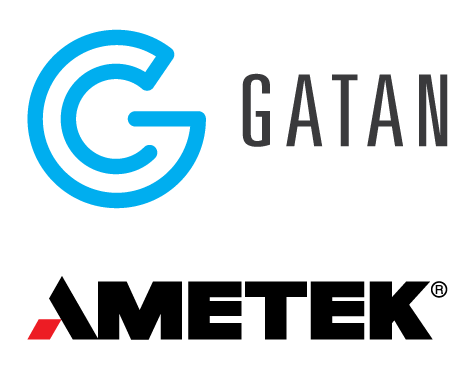OneView® IS camera is a fiber coupled CMOS camera, displaying and saving 16 MP images to disk at up to 25 fps to observe dynamic details in in-situ TEM experiments while exhibiting the fastest and highest performance available.
Context
With the emergence of new 2D materials, there is a developing interest in the fabrication of interconnecting nanowires that bond strongly to the edge of 2D sheets instead of weakly adhering to the surface.
While theoretical studies have been conducted concerning the atomic structure of nanowires during torsional deformations, there is limited experimental work on probing the rotational twists, such as torsional effects, on the crystal structures of suspended nanowires.
Materials and Methods
Utilizing an 80 keV electron beam in an aberration-corrected transmission electron microscope, the MoS2 specimen was heated to 400 °C, and MoS wires were created in situ by consistent electron beam irradiation of the monolayer.
After the formation of the MoS wires, they were stabilized for an appropriate time to capture more than 1000 frames over several minutes. To monitor the real-time atomic level torsional dynamics of subnanometer wires of MoS interconnecting monolayer regions of MoS2, the OneView camera was deployed at 4k x 4k resolution and up to 10 fps (free from carbon residue to eradicate the effect on nanowire formation).
After a meticulous assessment of high resolution and superb signal-to-noise ratio TEM images, the researchers discovered that the MoS crystal structure rotation was guided by variations in the attachment of one end of the suspended MoS wire or in the number of unit cells that comprise the wire length.

Figure 1. The figure shows a time series of aberration-corrected TEM images of a MoS nanowire changing length and undergoing torsional rotations that cause blurring of the lattice contrast in the middle section of the wire. Image Credit: Gatan Inc.
Figure 1 displays an example of such changes, where there was a loss of the lattice segment while no changes were seen at the anchoring sites. In effect, this reduced the length of the wire and presented torsional rotation in the wire and was followed by loss of another segment in the wire length to bring it back to the original orientation.
Additionally, it was observed that while elastic torsional flexibility of the MoS wires assisted in self-adapting connectivity throughout the structural changes, plastic torsional deformation could also appear for those wires that included defects in their crystal structure (generation of defects helps alleviate the torsional strain).
These results show critical insights related to the competing processes of shearing and crystal rotation to counterbalance induced torsional strain in the system.
Summary
Employing the OneView camera’s fast frame rate with high sensitivity, dynamic results uncover changes in the MoS structure and made it feasible to demonstrate that subnanometer MoS interconnecting wires display both bending flexure and rotational “elastic” torsion.

This information has been sourced, reviewed and adapted from materials provided by Gatan, Inc.
For more information on this source, please visit Gatan, Inc.